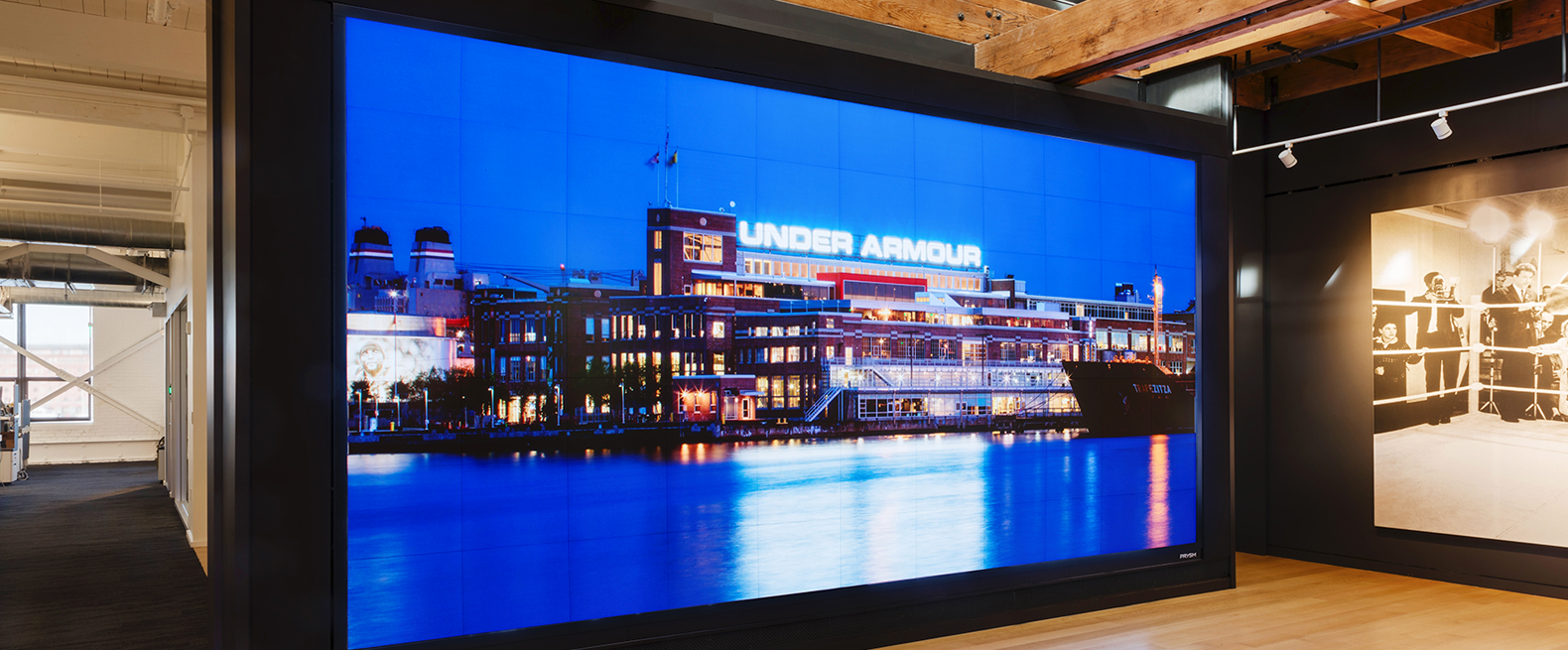A Thorough Analysis of Various Light Emitting Diode Video Screen Technologies and Their Uses
Light Emitting Diode video screens have become increasingly popular in various environments, including music events, athletic competitions, as well as corporate presentations. These large displays consist of composed of numerous individual LED panels that work together to form a cohesive unified visual. There are multiple kinds of LED video wall technologies available, each having its own characteristics as well as advantages. Grasping these technologies options can help companies and organizations choose the right solution for their specific needs.
One common kind of Light Emitting Diode video screen solution is the direct view LED. Such solution uses individual Light Emitting Diode units that are placed near together to form a big display. Direct view LED screens are recognized for their high brightness as well as lively hues, which makes them ideal for outdoor activities and brightly lit environments. These displays also have a broad viewing angle, which indicating that viewers can see the display distinctly at different positions. This renders directly viewed Light Emitting Diode walls a popular choice for sports arenas as well as external festivals.
Another kind of Light Emitting Diode video wall technology is the LED illuminated Liquid Crystal Display. Such technology combines traditional LCD displays and Light Emitting Diode backlighting to enhance luminosity as well as hue accuracy. LED-backlit LCDs are often utilized in interior environments, including shopping malls and conference spaces. These displays provide excellent visual clarity while are typically more cost-effective than direct view LED walls. However, they may often function as effectively in bright environments, since the backlighting can sometimes wash out the colors.
Another thirdly choice is the Organic Light Emitting Diode display screen. OLED technology offers superior contrast and color richness compared to other types of displays. Every dot in an Organic Light Emitting Diode display produces its individual luminescence, enabling for genuine dark tones and vibrant hues. This makes OLED display screens especially attractive for uses which demand premium images, including gallery exhibitions and high-end shopping outlets. Nonetheless, Organic Light Emitting Diode solution can be costlier costly while may often be as luminous as directly viewed Light Emitting Diode screens, rendering it not appropriate for external use.
Along with the aforementioned options, there are also various uses for Light Emitting Diode video walls. They can be used for promotion, amusement, and information display. For instance, companies often use Light Emitting Diode display walls for digital advertising to draw in clients and advertise products. Within amusement, these displays enhance the visual encounter at music events and events, providing lively backgrounds and captivating images. In corporate environments, Light Emitting Diode display screens can be utilized for presentations, video meetings, as well as training sessions, aiding to communicate data in a see post visually attractive manner.
To summarize, LED video walls are available in various types, each with its unique benefits and uses. Directly viewed LED walls are ideal for outdoor use, whereas LED-backlit LCDs are more appropriate for interior settings. Organic Light Emitting Diode display walls offer superior visual quality yet may come at a higher cost. Grasping these variations can assist organizations to make informed choices about the best kind of LED display wall best satisfies their needs, whether it be for promotion, entertainment, and corporate applications.